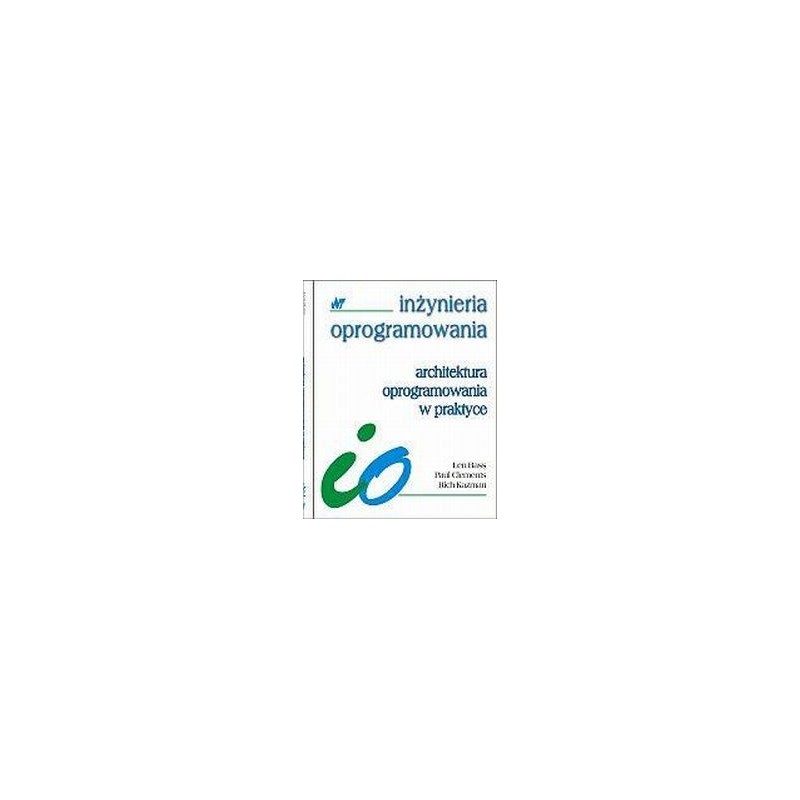- Out-of-Stock



Table of Contents
PART ONE. CREATING A VISION OF ARCHITECTURE
Chapter 1. Business cycle of creating architecture
Chapter 2. What is software architecture?
Chapter 3. A-7E avionics system: case study of use
architectural structures
PART TWO. CREATING ARCHITECTURE
Chapter 4. Understanding of quality attributes
Chapter 5. Achieving qualitative features
Chapter 6. Air traffic control: design case study
in terms of high availability
Chapter 7. Architecture design
Chapter 8. Flight simulation: case study of the architecture being created
for the possibility of merging
Chapter 9. Documenting software architecture
Chapter 10. Reconstruction of software architecture
PART THREE. ANALYZING ARCHITECTURE
Chapter 11. ATAM: full method of assessing architecture
Chapter 12. CBAM: a quantitative approach to architectural making
design decisions
Chapter 13. Web: a case study of interoperability
PART FOUR. FROM ONE SYSTEM TO MANY
Chapter 14. Assortments of software products: re-use
architectural assets
Chapter 15. CelsiusTech: case study of creating a range of products
Chapter 16. J2EE / EJB: case study
processing infrastructure
Chapter 17. Luther Architecture: a case study of a mobile application
based on J2EE
Chapter 18. Building systems from commercial components
Chapter 19. Software architecture in the future
Robert Gazarkiewicz, Ryszard Kowalik
No product available!
PCB board and programmed layout for the dawn and twilight simulator. AVT5480 A +
No product available!
No product available!
Development board with microcontroller from the Freescale KINETIS L family (Cortex-M0+) and MEMS 7DoF sensors.
No product available!
Adafruit 1030 - USB WiFi (802.11b/g/n) Module with Antenna for Raspberry Pi
No product available!
ROSA3D filament made of high-quality PLA granules. 0.8 kg of filament with a diameter of 1.75 mm is wound on the spool. ROSA3D PLA Starter Glitter Bronze
No product available!
COM-11556 - Thermochromatic Pigment - Sapphire Blue (20g)
No product available!
No product available!
No product available!
No product available!
No product available!
Jumper designed for goldpin connectors with a pitch of 1.27 mm (0.05 inch). Black colour
No product available!
iNEMO advanced inertial module: 3D accelerometer, 3D gyroscope and signal processor, LGA22, STM, RoHS
No product available!
This is a great battery-backed real time clock (RTC) that allows your microcontroller project to keep track of time even if it is reprogrammed, or if the power is lost. Perfect for datalogging, clock-building, time stamping, timers and alarms, etc. Adafruit 264
No product available!
No product available!
The CY8CKIT-049-42xx Prototyping Kit is a low cost prototyping platform for customers wishing to test and develop applications using the PSoC® 4 device family. CY8CKIT-049-42XX
No product available!

